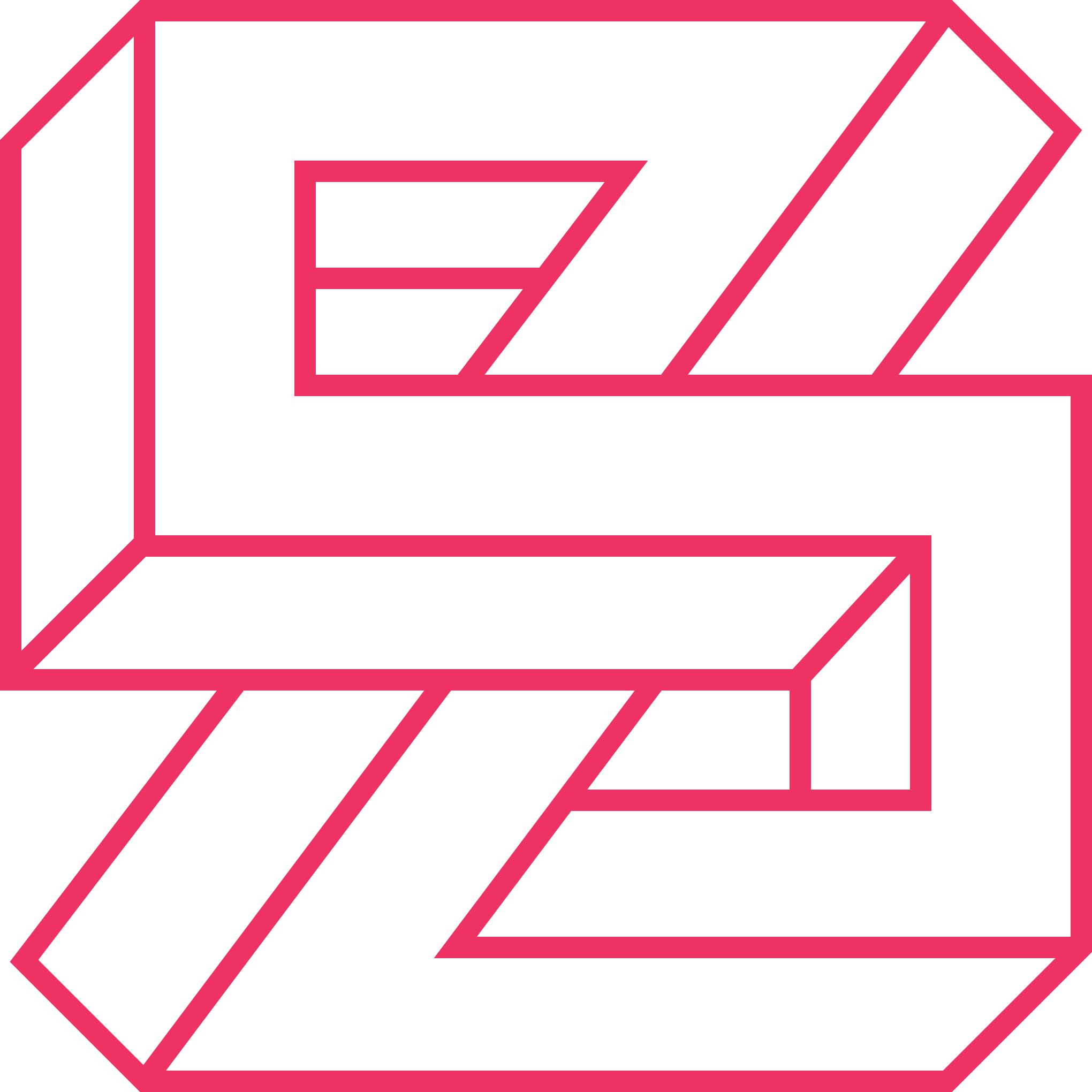Some of My Favorite User Experience — Uber
When I was looking for my first full-time position as a UX designer, there was one question that I ran into a lot: "What are some of your favorite user experiences?". I've always been picky about apps on my phone — only those provide unique values on a frequent enough base get to stay. (Never try those photo apps recommended by App Store every round, even if I do feel something beyond Instagram and VSCO is necessary.)
Uber is definitely one of the apps that come to my mind immediately. I'll start this "My Favorite" topic with Uber, including the part of it that I am not a so big fan of.
Uber
I was introduced to Uber by my friend Ben at a night before San Francisco's Pride Parade. We were leaving Mission to catch up my first Rockey Horror Show up in the north. The traffic was terrible. You hear sirens everywhere. The bus took forever to come and we could never get a taxi — plus Ben had his bike to carry. Uber's Black Car saved us. Ever since it has been absolutely one of the most useful tools for me.
The reason that I choose Uber over taxi is quite obvious: Requesting a pickup from your phone is way easier than the traditional way:
No searching nor filtering every time in a new city.
It tells me ahead how soon the taxi might arrive and where it parks right after .
Safety is not really a concern for me: there is a risk in taxi too. At least Uber keeps tracks of the driver and my route.
Being a non-English speaker, I could have problem having dispatchers understood my address over a phone call (I used to live on an 8th Street and for some reason people never get it).
Similar reason, I'm having difficulties identifying an available taxi in various cities. (Actually long after I discovered that my American friends may face the same issue too...)
Most cases, you are guaranteed a pickup, or you are aware when you are not.
And last but not least, it's cheaper!
What about the actual interaction with the app? Performing tasks is pretty simple and direct as it should be in such app. Upon opening the app:
Pickup location is already pinned by GPS;
Set pickup location, confirm payment information, then you could go straight ahead to "Request Uber".
Destination input is powered by a legit map app, which also remembers your history and preference.
I often text the driver my accurate location so he/she could find me easily; However you may also just wait for Uber notifying you the driver's arrival.
Fare would be automatically deducted after your route completed. (Plenty of times I found myself just leave the app there until the next use.)
I would say it is very close to everything I could ask for. However, I have noticed that occasionally even as an experienced user, I get lost of features in the app: There was a while that I couldn't find the Fare Estimate feature somehow; Then I found out the ">" on "SET UP PICKUP LOCATION" pin doesn't provide additional information than the pin itself; Sometimes I forgot to tap the second "REQUEST uber" button...
Why and how does this happen? With follow-up investigation, I discover that there are a few touch points don't always serve what I actually want to do at the moment.
For me, there are usually two conditions (and as they say, two kinds of people):
Understanding the different objectives under, I set my design goal: To create a flow that allows a user to request an uber right away, while another user could check estimated fare before doing so. I listed the elements of each interface that each case would be through, and realized that there are some redundancies :
When I took a further investigation at the interfaces, interestingly I even found some details that I never noticed before (during more than two and half years!). Minimizing such details that being neglected by users anyway could have helped expand the flexibility of current interface for better clarified user goals. For instance, the vehicle silhouettes can hardly tell the differences between tiers of service anyway, so it could be make space for a request button.
I sketched some ideas:
The final idea I chose hides fare, payment and promo code actions in a folding and reveals with a swipe. I picked it as it keeps the initial screen clean and the gesture wouldn't be confused with tapping.
The point here is not to reimagine the UI, so I'm reusing Uber's established style and not continuing to pursue visual design. What do you think about the hidden features and the gesture? What are your Likes and Don't Likes about mobile ride request services? Also, follow me for more opinions on everyday digital experiences.





